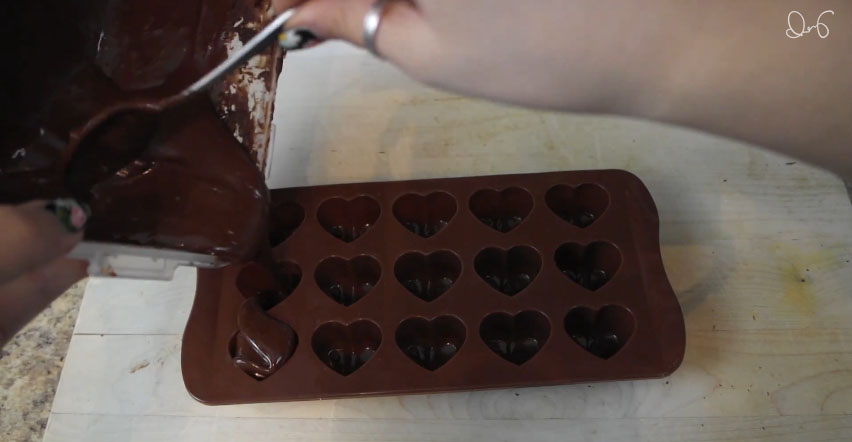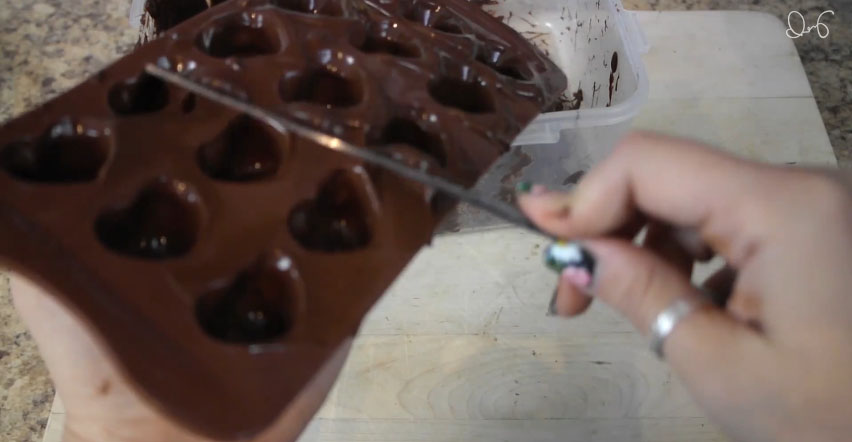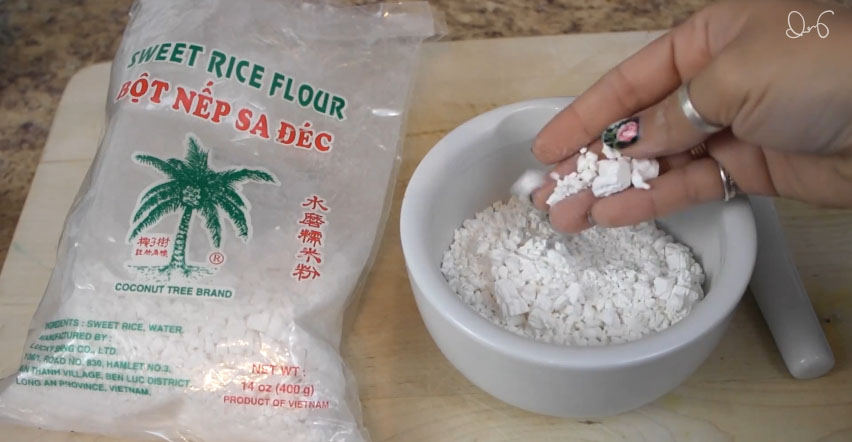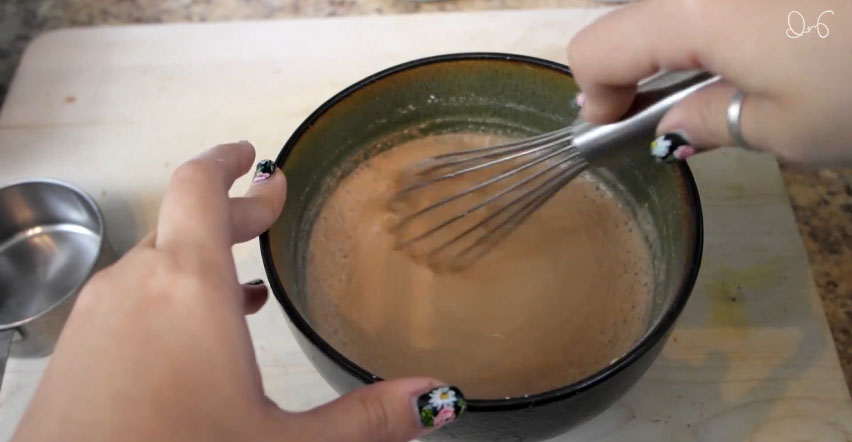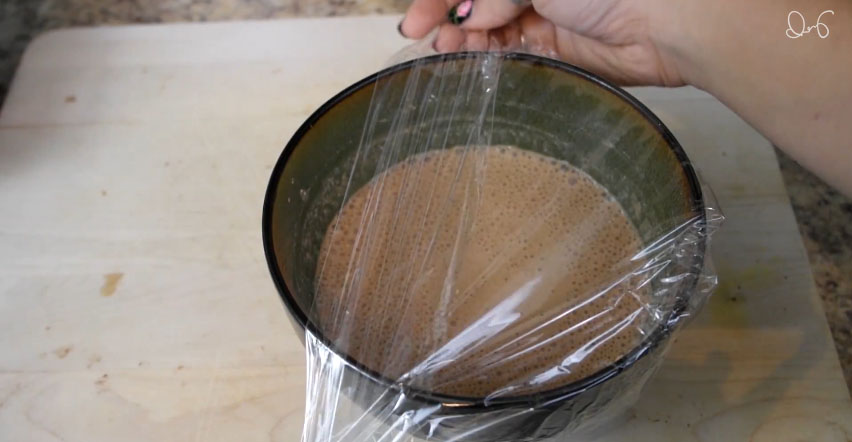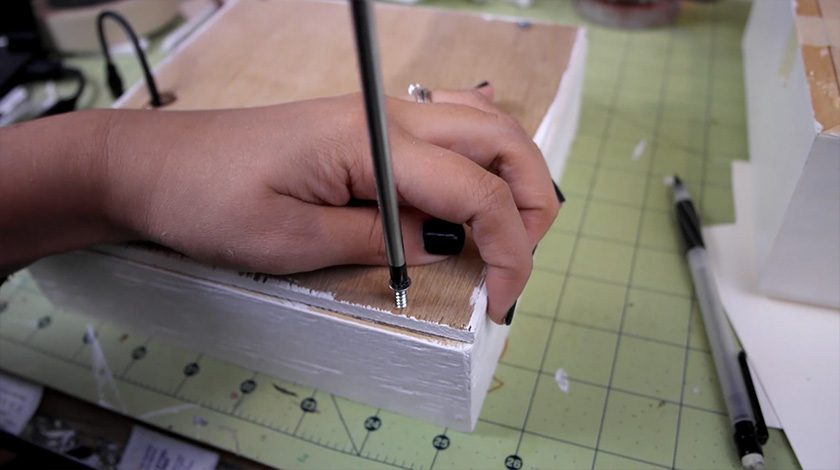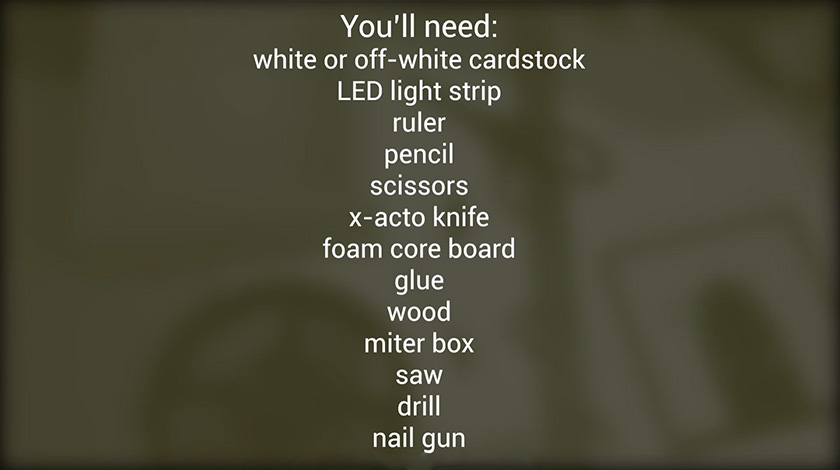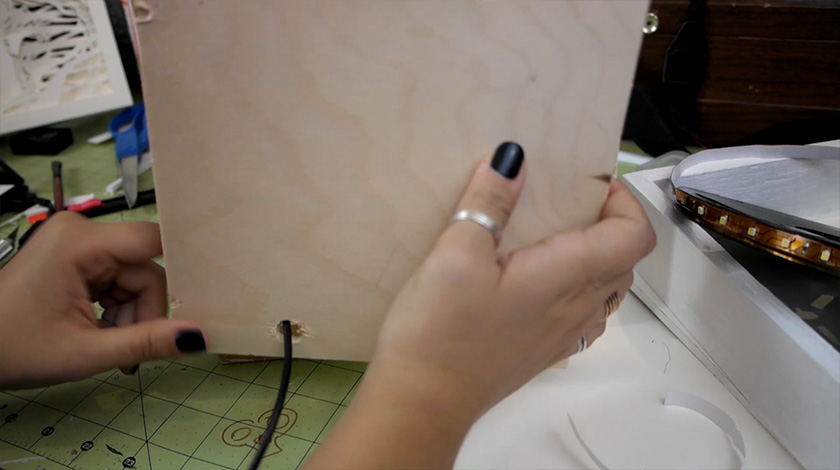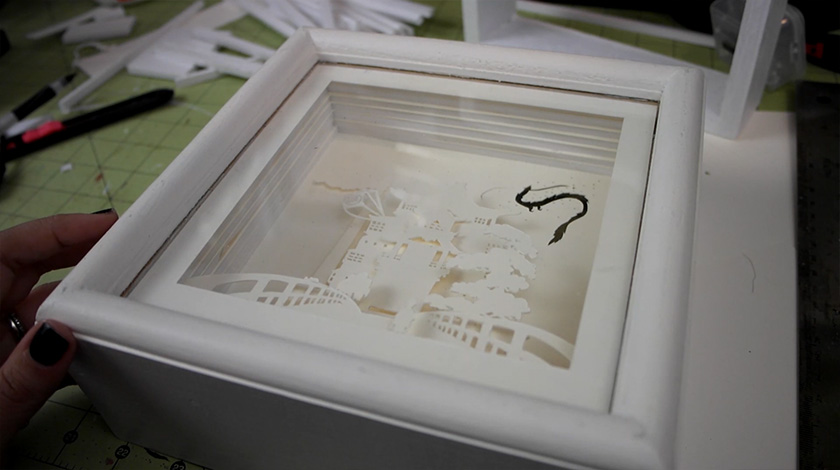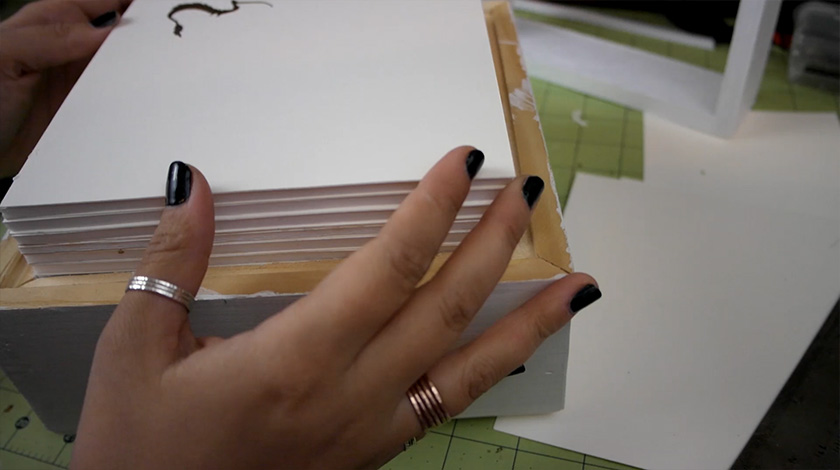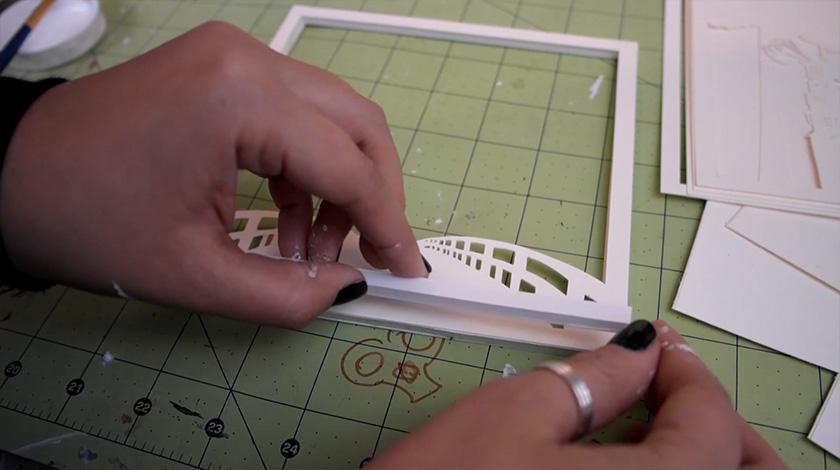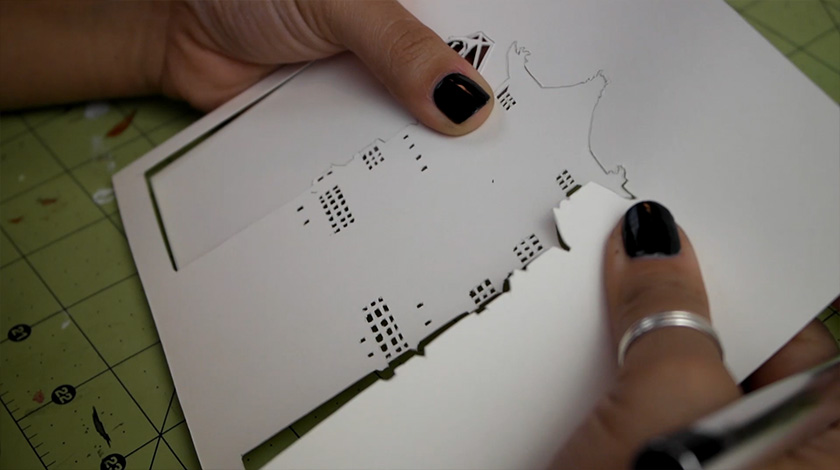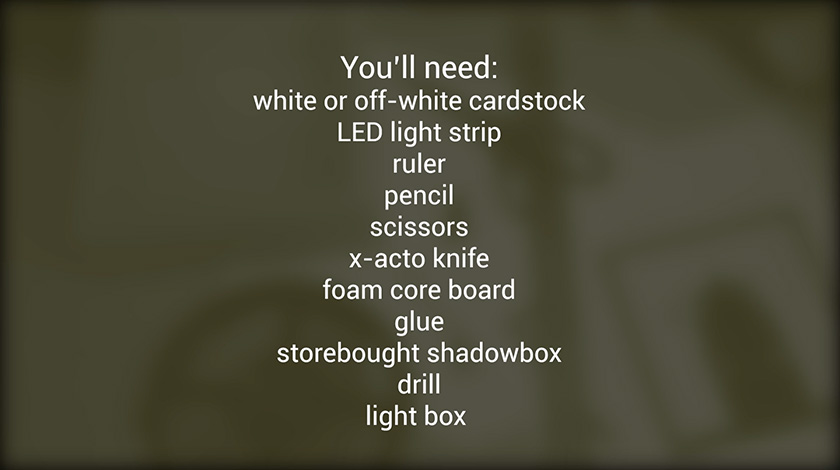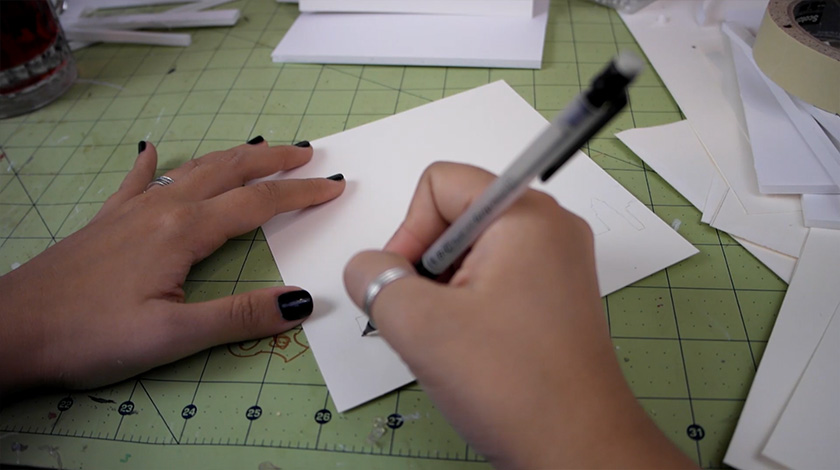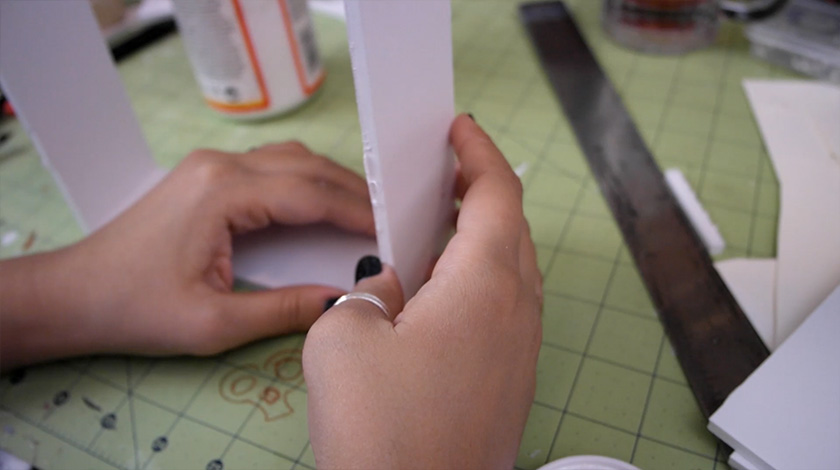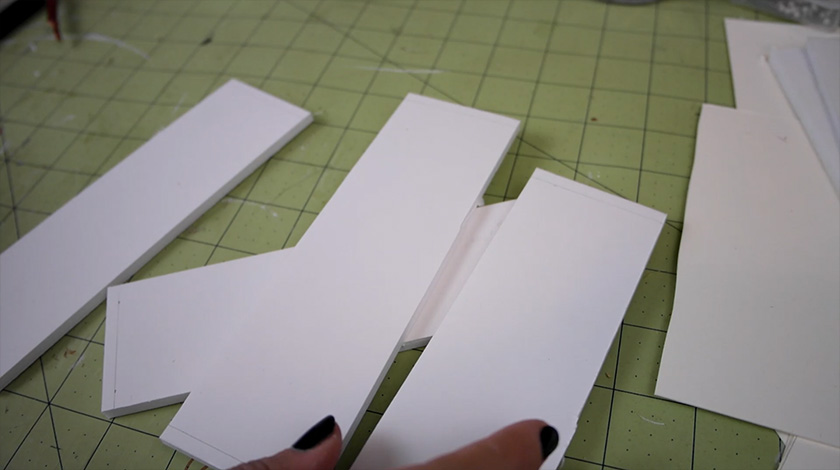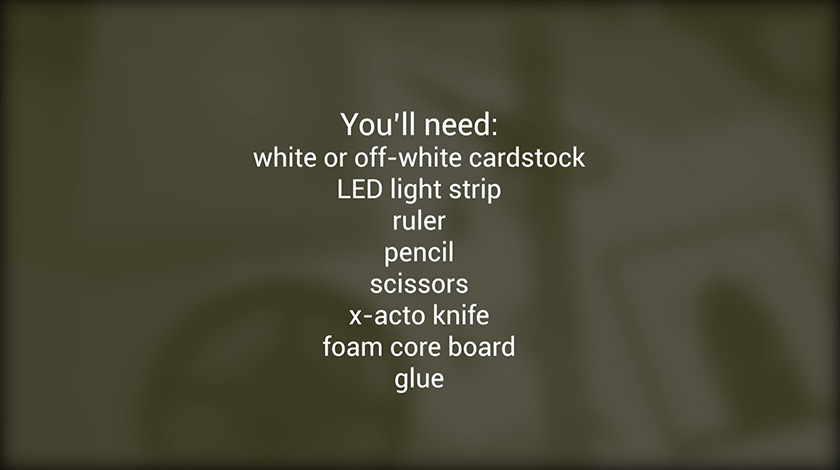Today I'm going to show you how to make a cute heart shaped box that would be perfect for Valentine's day! You can fill them with love notes, jewelry, chocolates, or any thing else that will make your Valentine feel loved.
 Supplies~ Click HERE for the template!
Supplies~ Click HERE for the template!
 Spray the template with spray adhesive and stick to your foam core board. The template is two pages. On the second page trim it up a bit, up to the dotted line- this makes it easier to line it up with the first page.
Spray the template with spray adhesive and stick to your foam core board. The template is two pages. On the second page trim it up a bit, up to the dotted line- this makes it easier to line it up with the first page.
 Using a sharp xacto knife, cut out the pieces.
Using a sharp xacto knife, cut out the pieces.
 On the dotted lines you're going to only cut through one layer of paper and the inner foam core. This makes it so you can make the curves in the walls of the box.
On the dotted lines you're going to only cut through one layer of paper and the inner foam core. This makes it so you can make the curves in the walls of the box.
 Take one of the wall pieces, fold it in half, and starting at the bottom of the heart piece with the inner heart, hot glue the wall piece on. Use the inner heart to help line up the walls. You can give the boxes some lip according to how you position the walls. In the one I'm making for this tutorial, I was going for a small lip, so I glued straight onto the line. I have two other examples: one where I glued the wall right along the edge, giving no lip, and one where I glued along the inside of the wall, giving a slightly larger lip.
Take one of the wall pieces, fold it in half, and starting at the bottom of the heart piece with the inner heart, hot glue the wall piece on. Use the inner heart to help line up the walls. You can give the boxes some lip according to how you position the walls. In the one I'm making for this tutorial, I was going for a small lip, so I glued straight onto the line. I have two other examples: one where I glued the wall right along the edge, giving no lip, and one where I glued along the inside of the wall, giving a slightly larger lip.
 Since I wanted you to be able to customize how large of a lip you'd want, the walls will be slightly longer than what you need. Just trim them up with an xacto knife when you get to the top part.
Since I wanted you to be able to customize how large of a lip you'd want, the walls will be slightly longer than what you need. Just trim them up with an xacto knife when you get to the top part.
 Here's the trick to making the box fit together really well. Take the second wall, fold it in half, curl each end inwards and place inside of the other side of the box.
Here's the trick to making the box fit together really well. Take the second wall, fold it in half, curl each end inwards and place inside of the other side of the box.
 Again, you'll have to trim the walls a little bit.
Again, you'll have to trim the walls a little bit.
 One side cut, one more to go.
One side cut, one more to go.
 Now that you have it cut to size, carefully glue the wall together, taking care not to accidentally glue it to the other half.
Now that you have it cut to size, carefully glue the wall together, taking care not to accidentally glue it to the other half.
 Pull the inner heart wall up about 1/4 of an inch. It should stay up on its own, but if it keeps falling, you can just use some scrap pieces of foam core to hold it up. Apply hot glue along the top of the inner wall.
Pull the inner heart wall up about 1/4 of an inch. It should stay up on its own, but if it keeps falling, you can just use some scrap pieces of foam core to hold it up. Apply hot glue along the top of the inner wall.
 Take the second heart piece and press on to the glue, lining it up with the heart from the other side.
Take the second heart piece and press on to the glue, lining it up with the heart from the other side.
 At this point you can take it out of the first half and then press the wall down more to make sure it's secure.
At this point you can take it out of the first half and then press the wall down more to make sure it's secure.
 Now for decoration! You really can decorate these however you'd like, but I do suggest at least painting them with a base color first. I chose red.
Now for decoration! You really can decorate these however you'd like, but I do suggest at least painting them with a base color first. I chose red.
 For the walls I measured how tall they were and cut some decorative paper strips to that size.
For the walls I measured how tall they were and cut some decorative paper strips to that size.
 And then I simply just glued them down with mod podge.
And then I simply just glued them down with mod podge.
 I also put glitter on the edges because they were pretty rough looking. My xacto knife wasn't very sharp so it kind of tore up the foam and it looked really bad. Always use sharp knives!
I also put glitter on the edges because they were pretty rough looking. My xacto knife wasn't very sharp so it kind of tore up the foam and it looked really bad. Always use sharp knives!
 Here's the version with a larger lip. I covered the the top face with decorative paper, applied glitter to the edges and used ribbon to cover the walls. This one was my least favorite, but that's mostly because I was really impatient when I glued down the ribbon so it doesn't look that good.
Here's the version with a larger lip. I covered the the top face with decorative paper, applied glitter to the edges and used ribbon to cover the walls. This one was my least favorite, but that's mostly because I was really impatient when I glued down the ribbon so it doesn't look that good.
 And here's the one with no lip. It's my absolute favorite one. I'm considering putting it up to display it even after Valentine's day, that's how much I like how it turned out. For the decoration on this one I started with a few layers of red paint for the base coat. I stuck on some masking tape and drew a design on top of that. Once I had a design I liked, I used my xacto knife to cut the tape. It's okay if you cut a little into the first layer of the foam core. As long as it's not cut like that all over, you shouldn't have a problem. I removed the tape but kept tape on the areas where I still wanted the base coat to come through. Then I sprayed it with spray adhesive and dumped a bunch of glitter on it. I removed the masking tape, and then to give it a nice shine and to keep the glitter from shedding, I sprayed on a nice layer of clear acrylic sealer. I let it dry and ta da~
And here's the one with no lip. It's my absolute favorite one. I'm considering putting it up to display it even after Valentine's day, that's how much I like how it turned out. For the decoration on this one I started with a few layers of red paint for the base coat. I stuck on some masking tape and drew a design on top of that. Once I had a design I liked, I used my xacto knife to cut the tape. It's okay if you cut a little into the first layer of the foam core. As long as it's not cut like that all over, you shouldn't have a problem. I removed the tape but kept tape on the areas where I still wanted the base coat to come through. Then I sprayed it with spray adhesive and dumped a bunch of glitter on it. I removed the masking tape, and then to give it a nice shine and to keep the glitter from shedding, I sprayed on a nice layer of clear acrylic sealer. I let it dry and ta da~
 Here they are all done, filled with goodies! To make the pillow for the jewelry one I simply traced the inner heart side onto some felt, cut it out, hot glued along the edges leaving a one inch hole, flipped it inside out, stuffed it, and sealed it closed with more hot glue. Then I cut a small length of ribbon and hot glued that onto the middle. Of course, you could sew it instead of hot gluing, as that would look much nicer, but I was going for speed with my heart pillow.
Here they are all done, filled with goodies! To make the pillow for the jewelry one I simply traced the inner heart side onto some felt, cut it out, hot glued along the edges leaving a one inch hole, flipped it inside out, stuffed it, and sealed it closed with more hot glue. Then I cut a small length of ribbon and hot glued that onto the middle. Of course, you could sew it instead of hot gluing, as that would look much nicer, but I was going for speed with my heart pillow.
Again, if you want to see how to make those delicious chocolates then click here!
I hope you liked this weeks tutorial, stay tuned for more next Thursday!
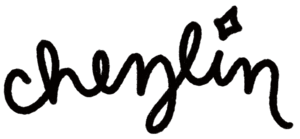

























































































































































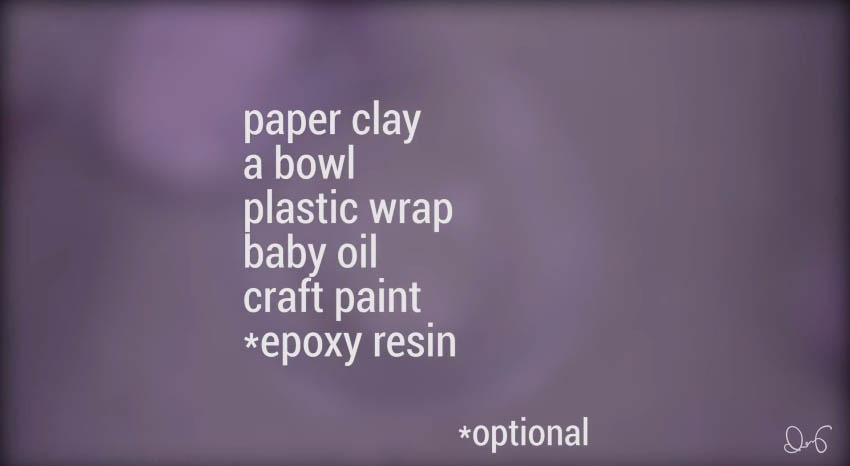




























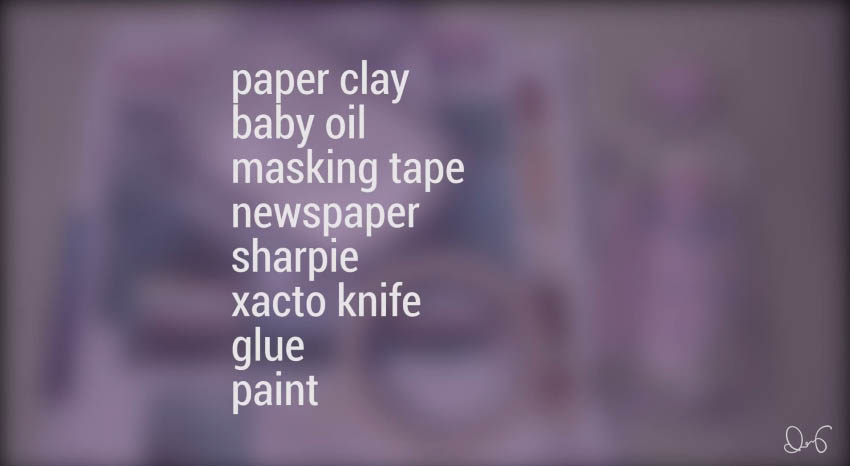





























































































































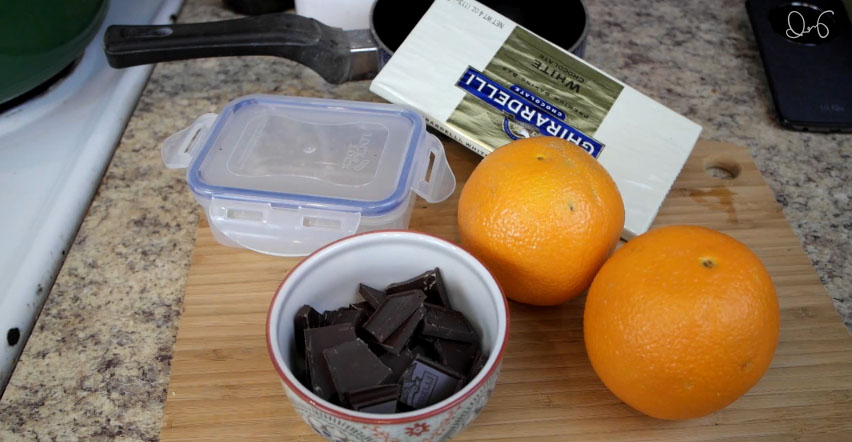
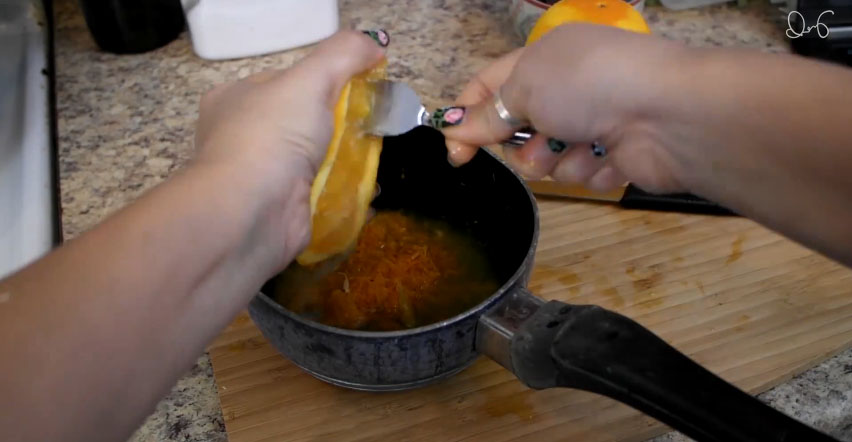

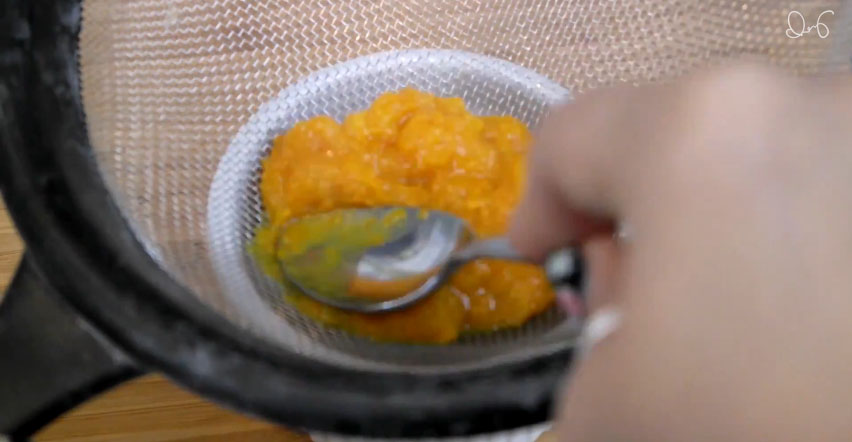
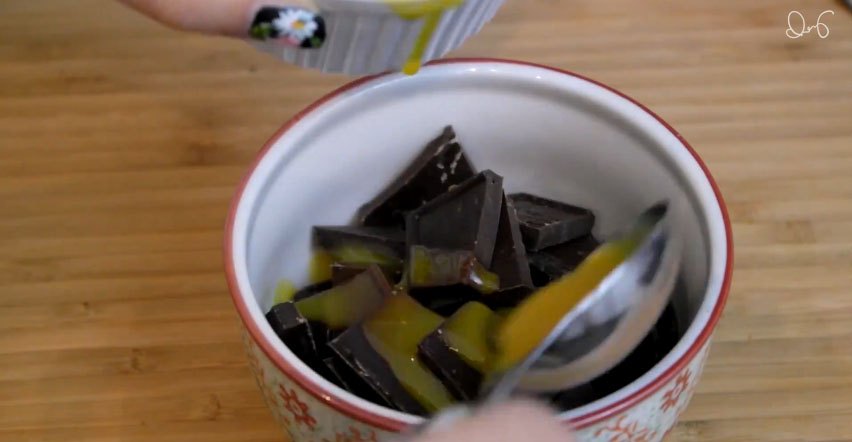
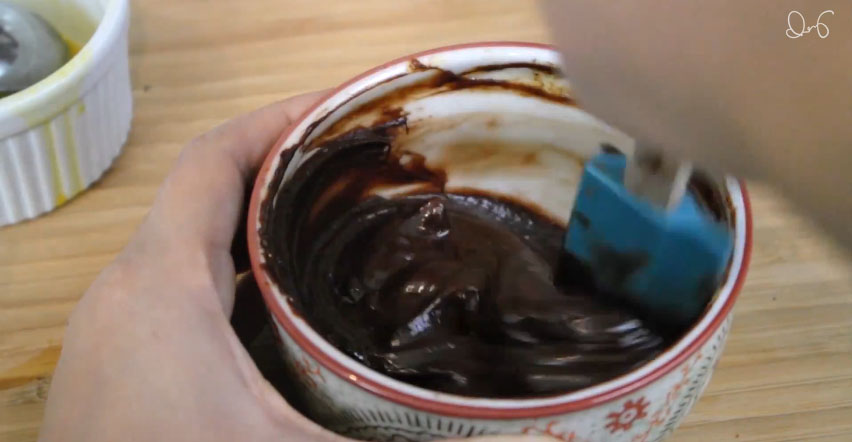
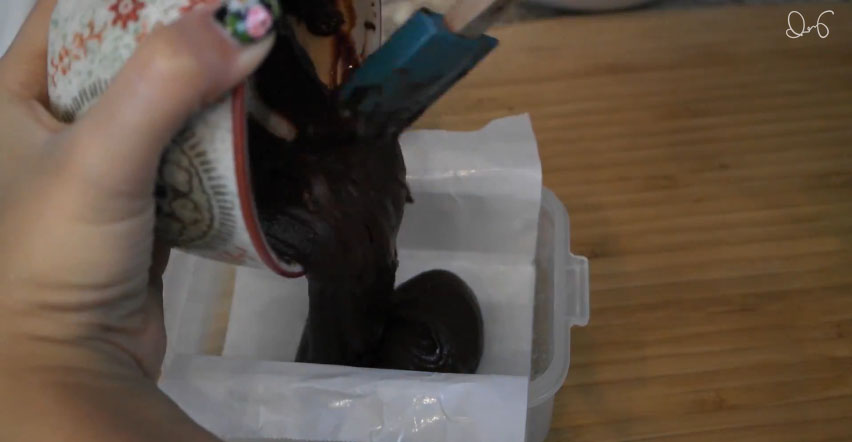
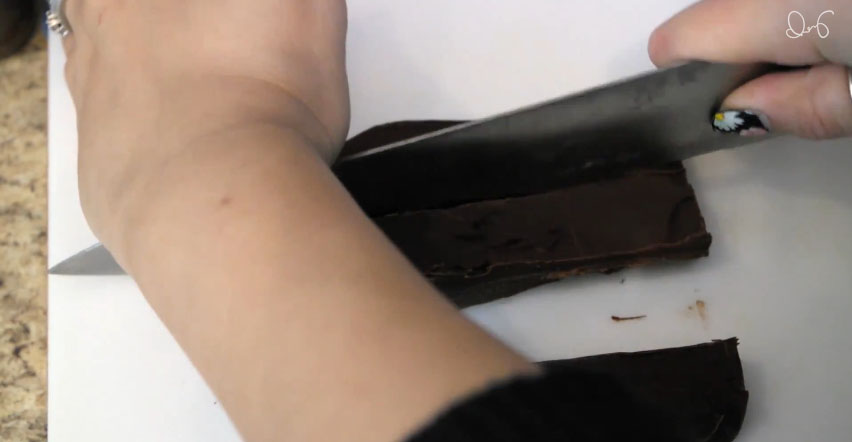
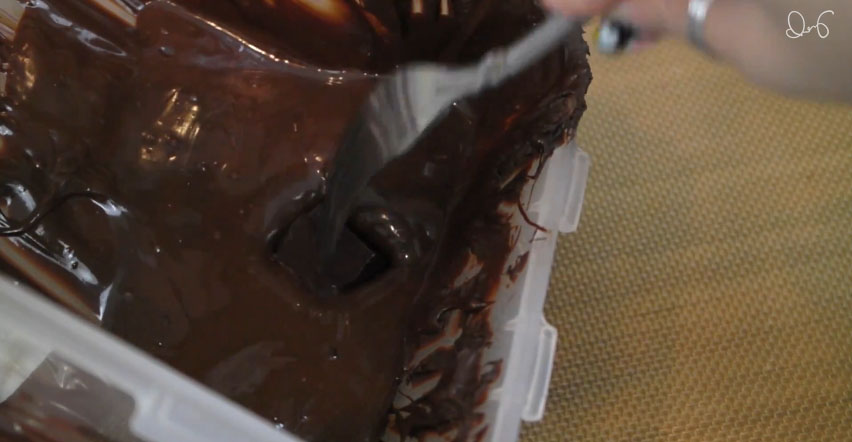


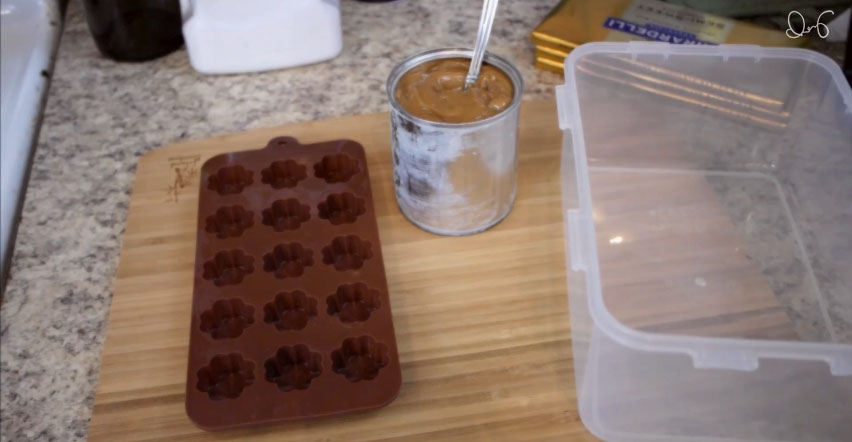
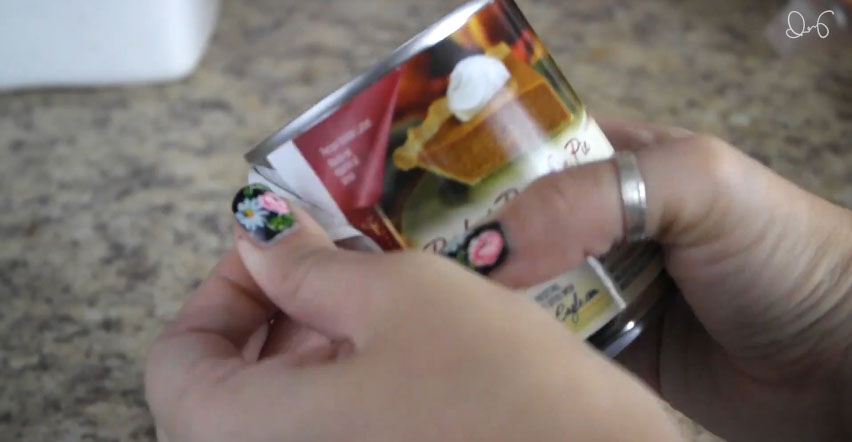
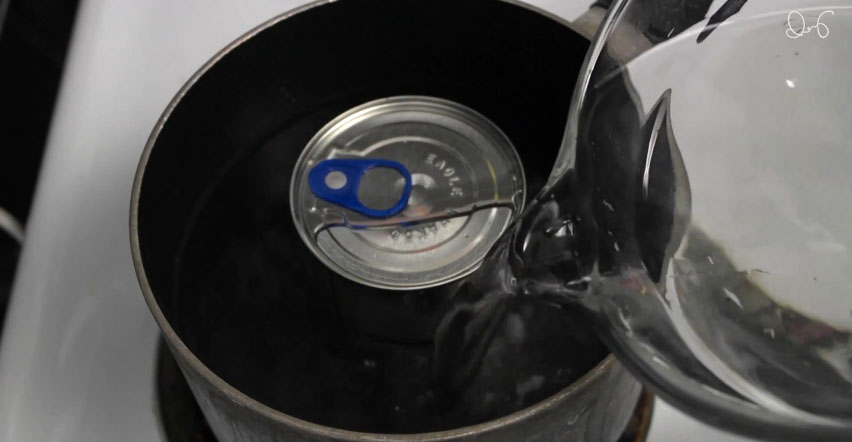
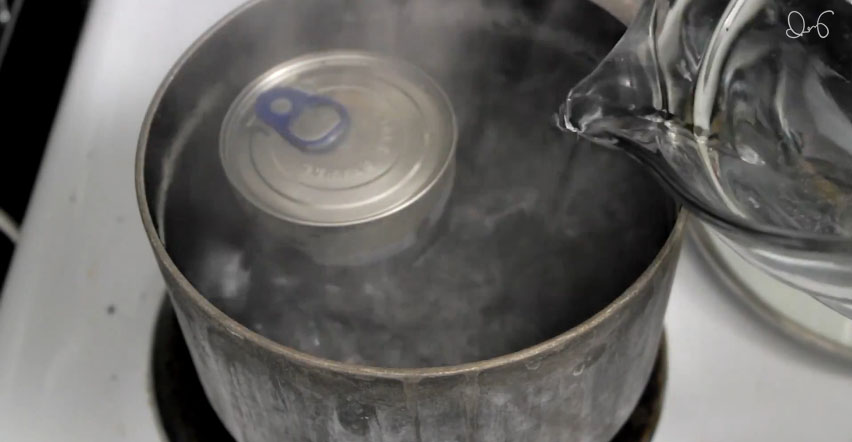
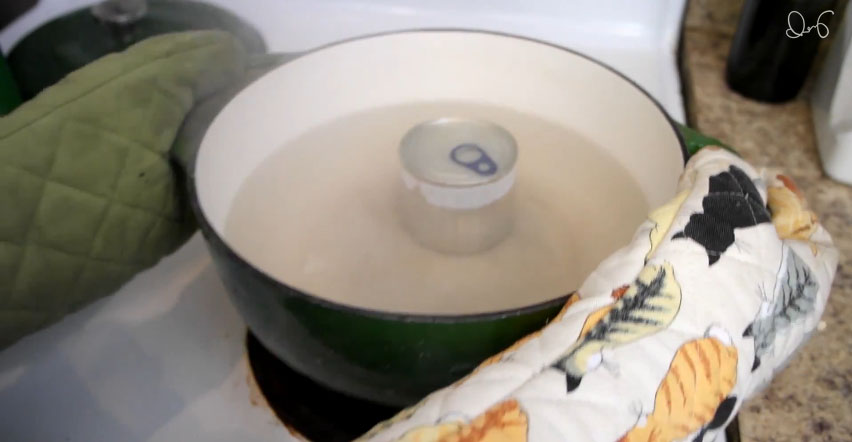
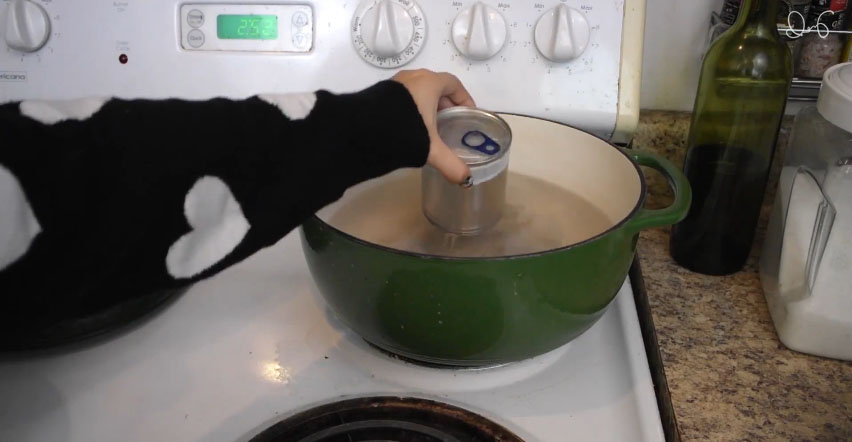
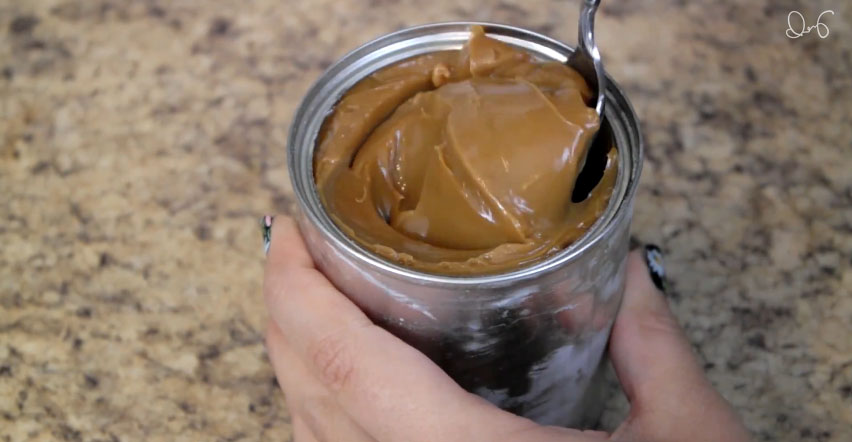
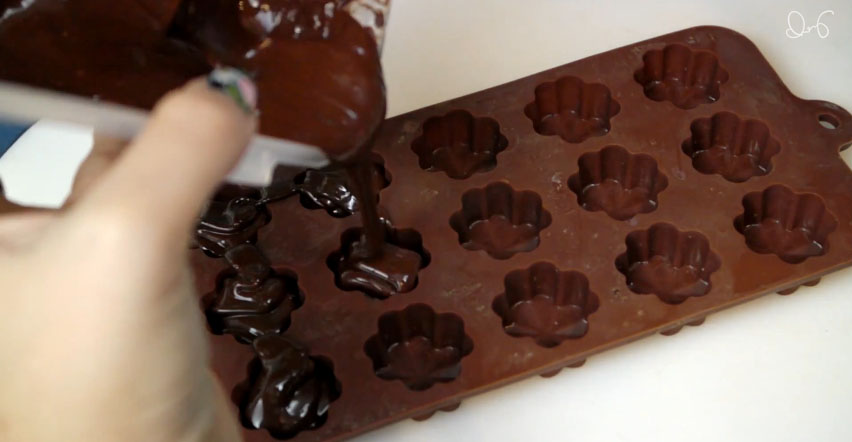









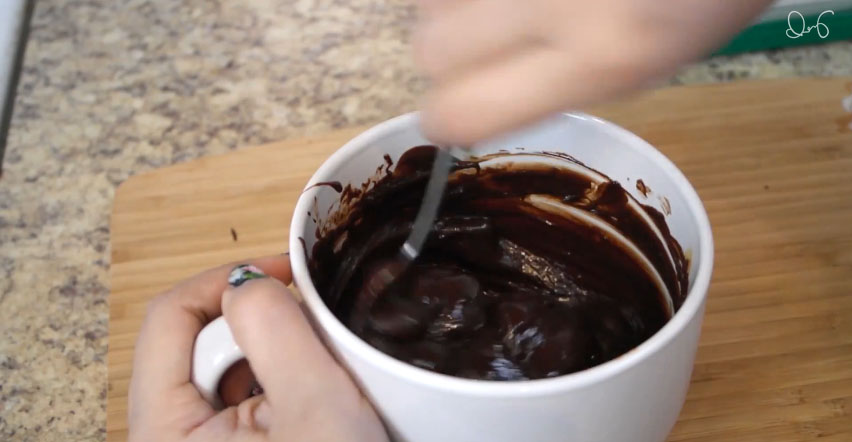
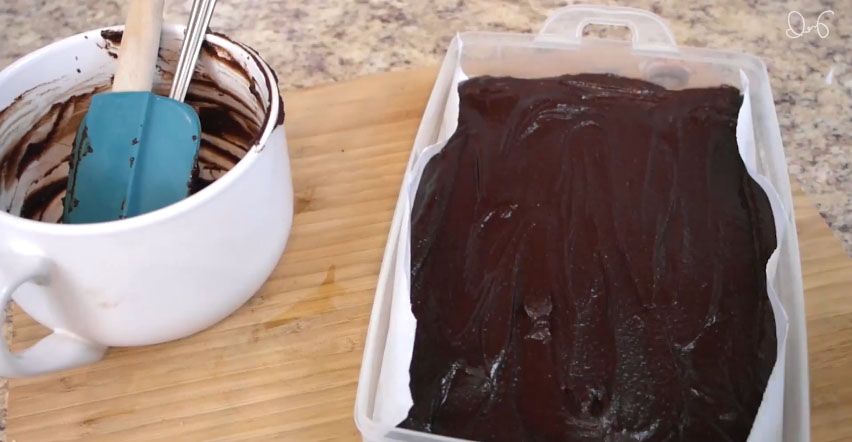
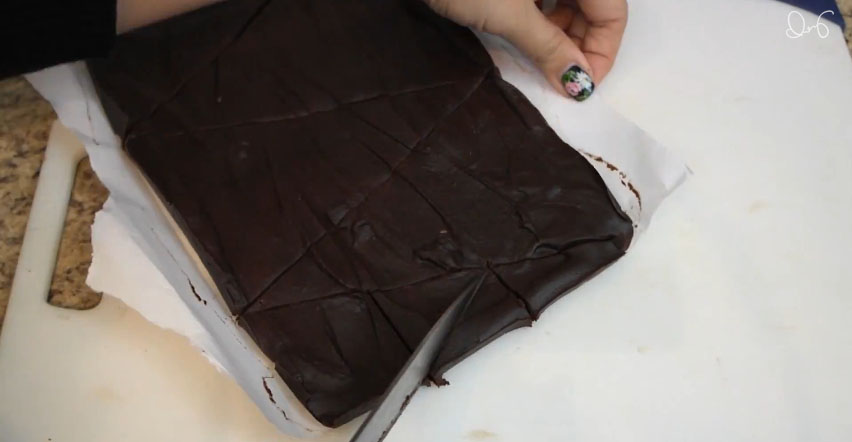
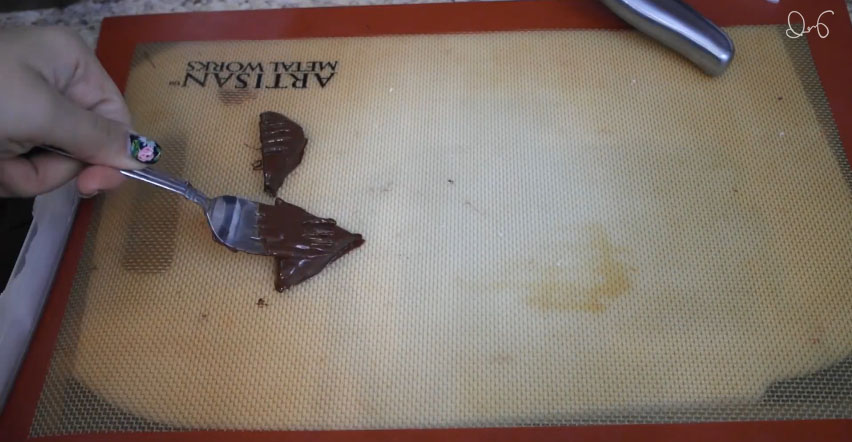
 Hover over or click on the images to see the instructions.
Hover over or click on the images to see the instructions.
